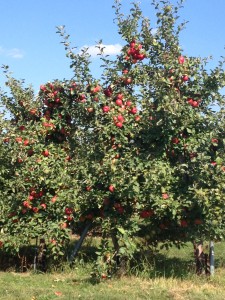Last week I attended a self-defense workshop taught by Kathleen Garrity. Before I went to the event, I had no idea about self-defense. I just knew it looked cool to be able to defend yourself in any situation especially since I was always taught to run away from conflict. My brother took karate, but he never taught me anything.
The first lesson learned was about posture and the message conveyed through one’s stance. Garritty taught that the main reasons why people are targeted for bullying is due to the message your body conveys to others. For example, Garritty started to hunch over and crossed her arms to express timidness and fear. What was surprising was that a lot of other people were also doing the same thing, including me. I quickly got out of that position and took a more opened and more balanced stance.
We were then taught basic martial arts to quickly stun the opponent, using your hand to smack the jaw and your knee to kick the opponent in the stomach. Then main goal of the combination was to quickly get as far away from the person as possible, not necessarily to go for the kill (haha). Using your voice was also critical in self-defense as Garrity showed how your voice can both communicate your feelings but also to move your energy through your body.
At first I wasn’t taking these moves seriously. I felt empowered learning them, but didn’t fully understand how dangerous a situation is when you need to defend yourself. Garritty then did one-on-one demonstrations on how to get away from someone grabbing you from behind. I started panicking after the moves she taught the class were not working and tried to squirm my way through to no avail. It made me realize how important it is to keep a calm composure while trying to defend.
Overall, I am very glad that there was a self-defense workshop. It makes me consciously think about my posture and the messages my body language conveys to others. I’m glad to know how important it is to learn the basics of self-defense in order to prepare for any dire situation.

